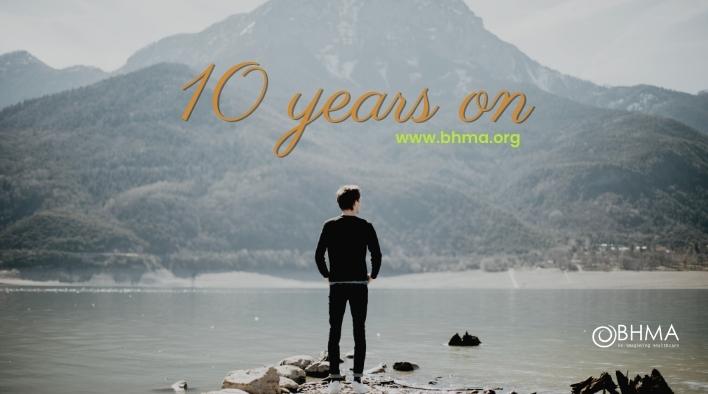Ten years on
Tom Cassidy, Trainee GP
Published in JHH18.1 – Flourishing in Medical Education
During my medical degree in Bristol I studied a self-selected module on Creative Arts in Medicine before taking an intercalated year to study Medical Humanities which gave me a flavour of what the Arts can bring to medicine. Since qualifying to become a doctor I’ve pursued photography and had an exhibition commissioned at the hospital I worked at called ‘Humans of Scarborough Hospital’. I’m now finishing a master’s in Public Health at the University of York and have begun my training as a GP in the North West. Whatever I do in the future, I’m simply hoping to keep things exciting and creative in my practice and my career.
When I was 19 years old, I hesitantly entered a module in the medical curriculum called creative arts in medicine. I was at Bristol University. Two hundred miles away from my home in Blackpool. Culturally, it felt like I was 2,000 miles away.
As part of the module, we were encouraged to creatively enquire about topics such as the doctor–patient relationship and to produce a piece of art that explores the topic. I immediately knew I was going to draw or paint, first because I enjoyed that medium – I took art GCSE, before surgically extracting that organ to focus on the sciences at A level. And secondly, I was embarrassed to do something that might expose me too much to my peers.
The course itself became something profound for me. During the week it was a respite from the pressure of intensive didactic learning and the stress of navigating new friendships and identities. It was a space for creative exploration. To explore what it meant to be someone who cares for people and what it meant to be cared for.
I wrote: ‘Doctors can become so focused on what is going on inside the biomedical human body that they can’t hear what is going on inside the person. A doctor can spend all day listening to the heart of a patient, but not for a minute listen to the patient’s heart.’ There were certainly overlays of theory from Scambler I had half digested. But it was also informed by my own experiences as a patient.
The accompanying piece shows a doctor with ‘a blank thinking expression’ who is ‘concentrating so hard on what he is hearing through the stethoscope’ that he doesn’t hear the screams of the patient behind him.
Seven years later, in my foundation year two, I worked as the senior house office for an oncology ward. As part of my e-portfolio, I reflected on a day when myself and the consultant delivered earth-shattering news to three separate people within the space of a morning. I reflected on a quote from an article the kind registrar I worked with sent to the team, it said: ‘The expectation that we can be immersed in suffering and loss daily and not be touched by it is as unrealistic as expecting to be able to walk through water without getting wet.’
I’ve worked as a doctor for four years now and I am still a learner. I started training to be a GP six months ago. Although I have a grip of it, I am still confronted by the enormity of clinical knowledge and experience I am yet to have. My work as a doctor is shaped by an agenda, that is, to gather the history as efficiently as possible, to explicitly rule out red flags and above all else, practice safely.
I am now 29 years old. When I look back at my painting and the reflection I wrote, 10 years ago, I feel an element of shame. Perhaps I haven’t always lived up to the ideals I wanted to. Perhaps I have been that doctor with a blank thinking expression and a stethoscope in my ears, not listening and not caring.
But I also feel an element of sympathy for the doctor. I can see some of the things that he has seen, and I can hear some of the words he has had to say. I understand some of the professional uncertainties he has to confront and frustrations he has to bear.







